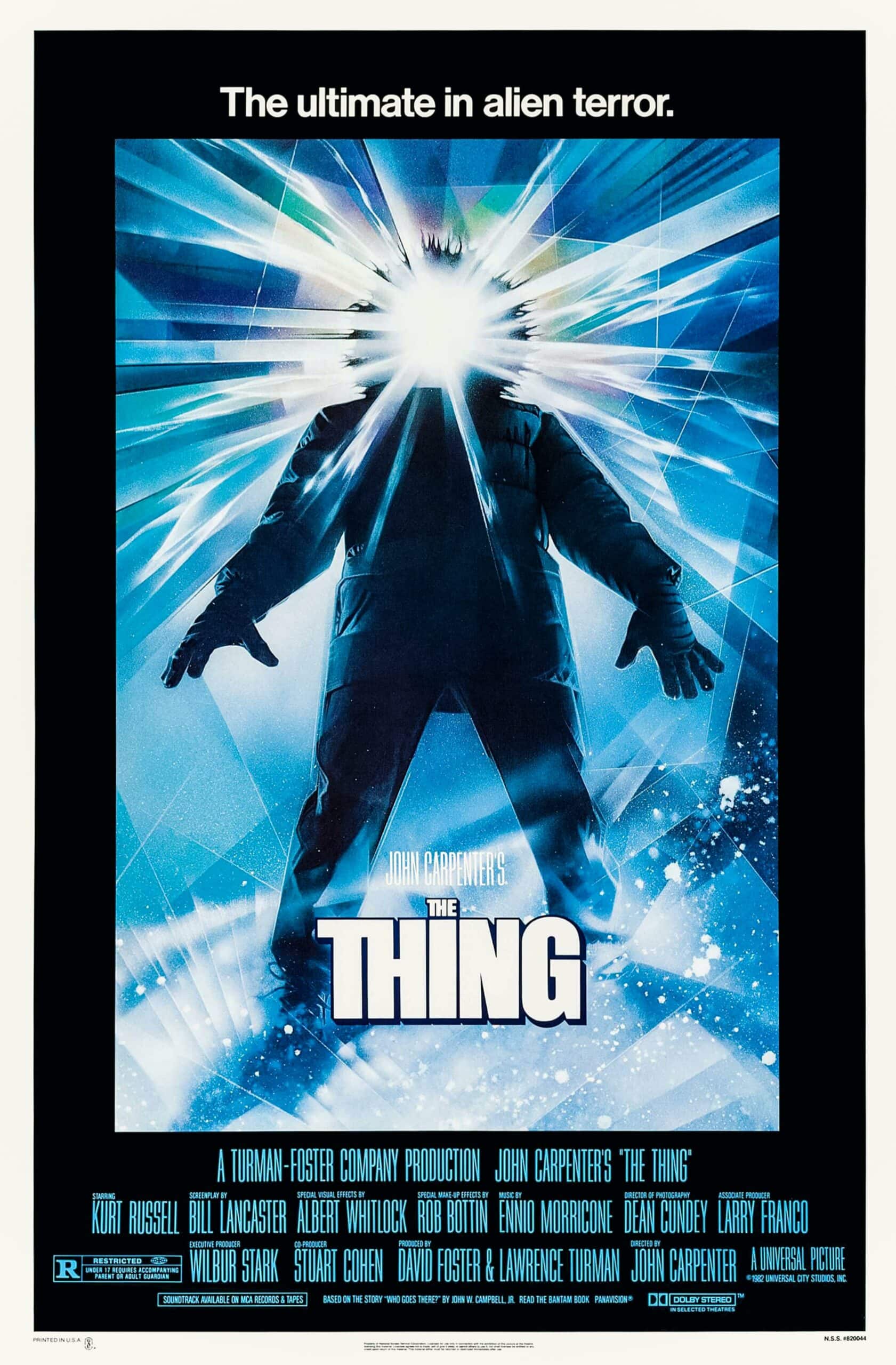The Science of Storytelling in John Carpenter’s “The Thing”

There’s a reason some stories stick with us for years, influencing our way of thinking and feeling. It’s tied to the science of storytelling.
The iconic movie “The Thing” by John Carpenter is one such tale and one of my favorites. I vividly remember the first time I watched The Thing. The chills, the suspense, and, most importantly, the storytelling—each left a mark.
Let’s flash back to a younger me, eyes wide open, heart pounding, as the characters in the film confront something beyond their worst nightmares. My initial fear wasn’t just about the grotesque transformations or the chilling Antarctic setting. It was rooted deeper, in the atmosphere, in the silent pauses and rhythmic beats that punctuated many scenes.
Silence Isn’t Empty; It’s Full of Answers
I’m not typically a fan of horror movies. Yet, “The Thing” struck a chord. One aspect that stood out was its masterful use of silence. Silence can often say more than a thousand words, especially in marketing and branding. It lets your audience absorb your core message, your ‘why’—the reason your brand exists.
In “The Thing,” silence serves a similar purpose. When characters engage in tense debates about who among them could be “the thing,” the room falls quiet, letting the gravity of the situation sink in. The wind whirrs ominously, adding to the tension. This illustrates a key principle: less is more. You don’t need to shout to get your point across; your ‘why’ can resonate in whispers.
Pauses in your storytelling give your audience time to process and relate because silence disengages the brain from external stimuli and lets us tap into our stream of consciousness. This helps us to create meaning and to empathize with others.
Throw in an amazing score and the use of one note again and again during key moments in the movie and we are kept alert and on edge.
The Question that Leaves You Hanging
Remember that famous ending, where Childs asks, “Are you the only one who made it?” instead of “Are we the only ones who made it?” A subtle difference in phrasing, yet one that could transform the entire narrative. It takes us from collective survival to individual doubt, throwing the audience into a pit of speculation and anxiety.
Similarly, in your brand storytelling, the words you choose matter. They can shape your narrative and define your audience’s perception. The difference between “you” and “we” can be the difference between engagement and indifference, between creating dialogue or monologue.
The stories we tell and the way we tell them can stick with people for years, shaping their perceptions and actions. As a leader, it’s your job to craft stories that not only engage but also inspire and connect. And while you’re at it, don’t forget the power of silence, the impact of words, and the resonance of your core message, your ‘why.’
You can leverage the science of storytelling to reach, connect and engage with your audiences to change behaviors and guide your brand’s journey in the marketplace.
Just as “The Thing” achieved cinematic immortality through storytelling and silence, your brand can achieve timeless relevance through a compelling narrative and strategic omissions.
So, What Happened to Childs and MacReady?
This leaves us with the question that has sparked countless debates: What do you think happened to Childs and MacReady? Were they both human, or was one of them ‘the thing’? Did they make it out alive?
If you haven’t already seen it, I suggest you watch it, especially around Halloween.
Here’s that famous ending scene:

